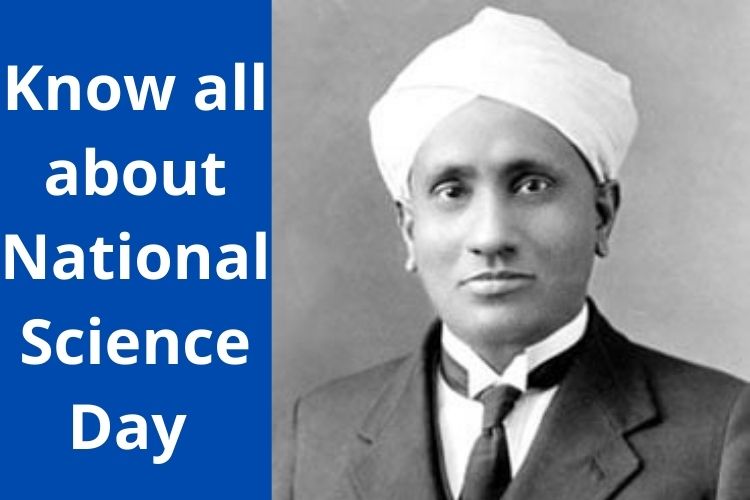National Science Day: Know the History, Significance and Theme
Every year National Science Day is observed on February 28 to mark the discovery of the Raman Effect.

Science and technology plays a significant role in the transformation of any country. As the years have passed by, many scientists emerged from India who are looked upon as as role models by the young generation of the nation. India has recognized its identity in the international sphere with the these scientists and their discoveries. Every year National Science Day is observed on February 28 to mark the discovery of the Raman Effect, in the year 1928. Dr Chandrasekhara Venkata Raman also known as CV Raman, a scientist with an Indian origin has won a Nobel Prize in 1930 for his Raman Effect discovery in 1928. He was a great physicist and scientist, who started his career as an accountant.
History and Significance of the Day
In 1928, the Raman Effect also known as Raman Scattering was discovered by Dr. CV Raman discovered which has introduced the inelastic scattering of photons by the matter explaining that there is an exchange of energy and change in light’s direction.
In 1930, for this revolutionary discovery he was awarded with a Noble Prize. In 1986, the National Council for Science and Technology Communication (NCSTC) asked the Central Government to signify February 28 to be observed as the National Science Day (NSD).
The day is observed to raise awareness about the importance of science among the youth of the nation and let them know about the applications of science in our daily lives.
#LIVE Media interaction at National Media Centre, New Delhi. Launch of National Science Day theme. https://t.co/KHRKZp3v5y
— Dr Jitendra Singh (@DrJitendraSingh) January 5, 2022
Theme of the Day
For 2022, the theme of National Science Day is launched by Union Minister Dr Jitendra Singh as "Integrated Approach in science and technology for Sustainable Future" to highlight a fold integrated approach for science and technology for a sustainable future.







